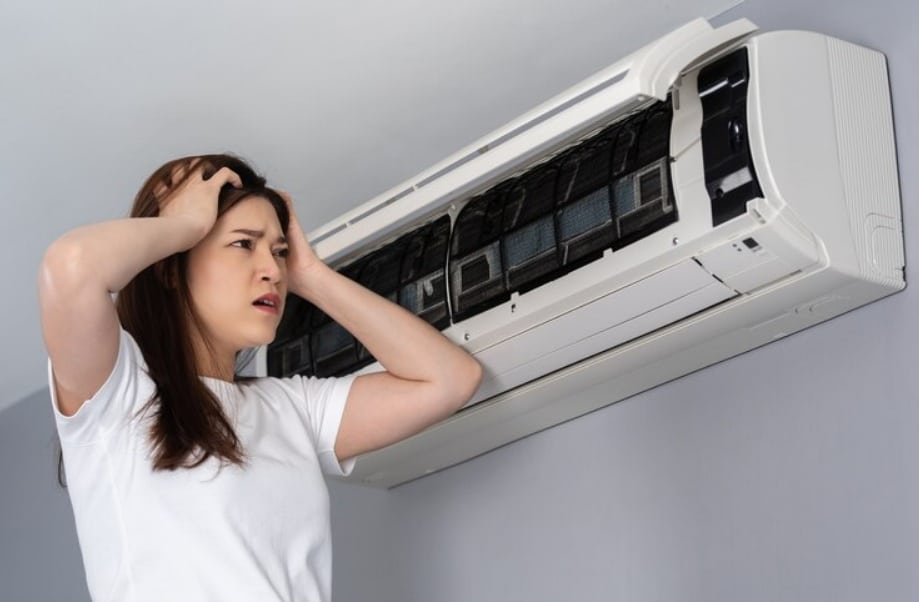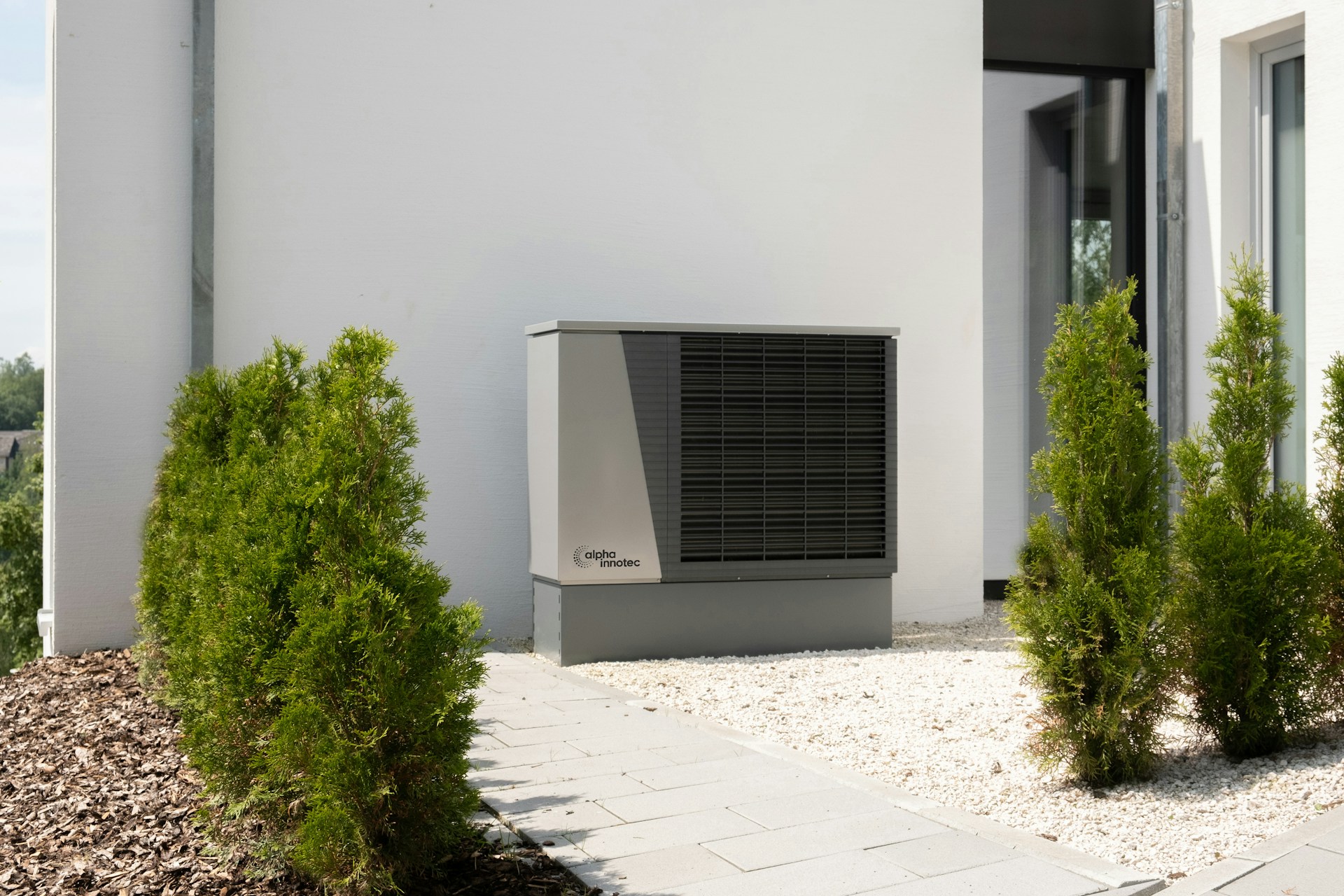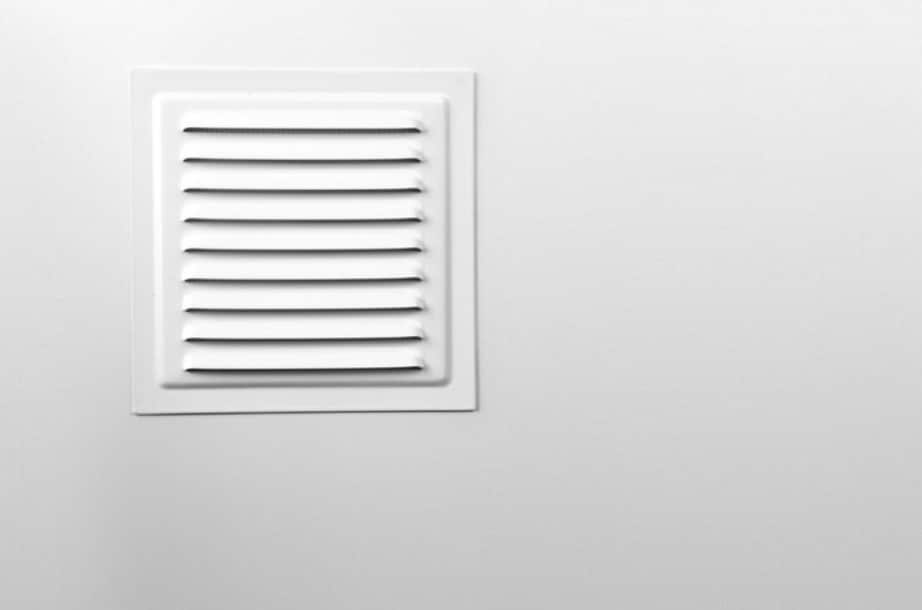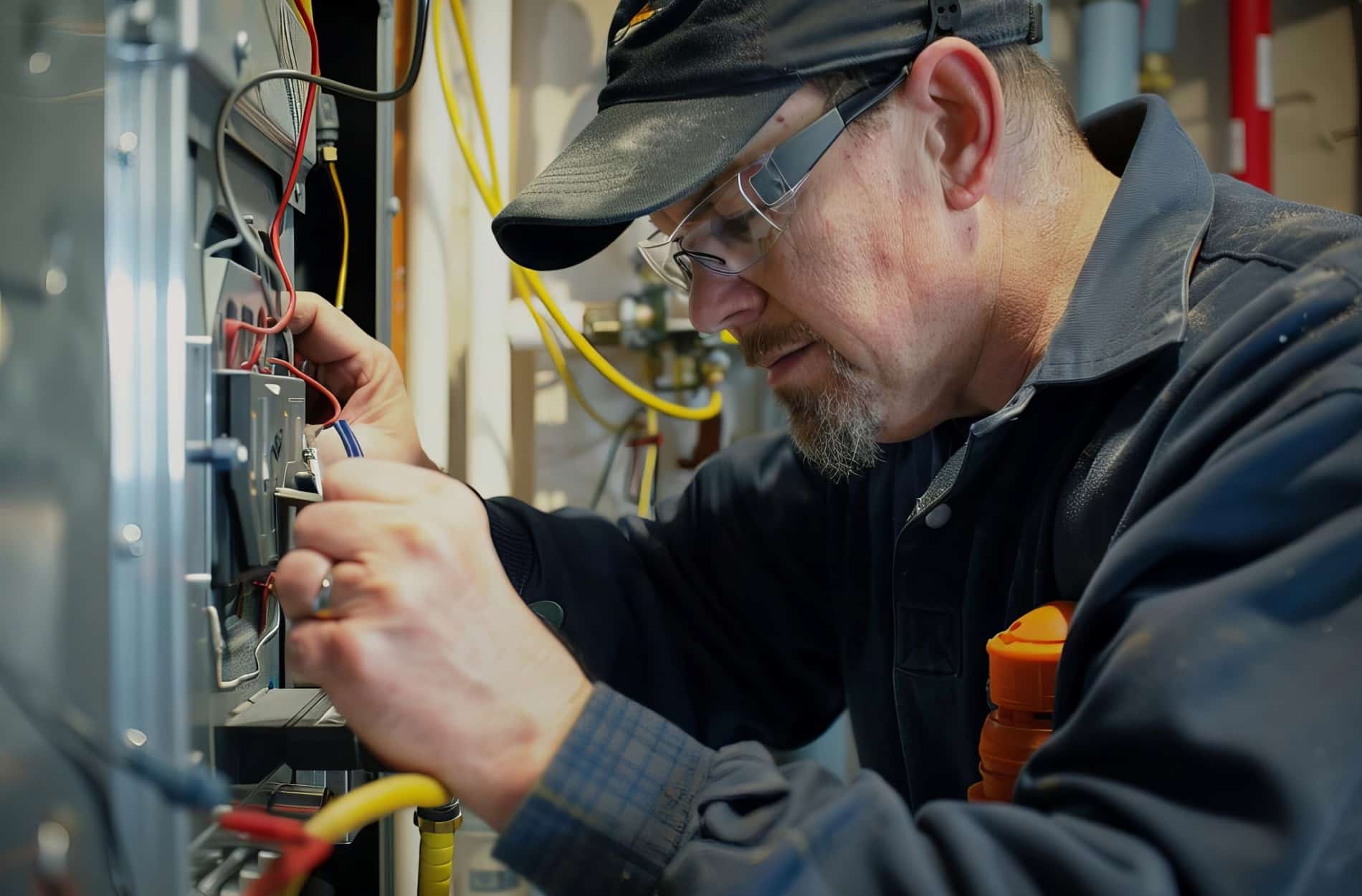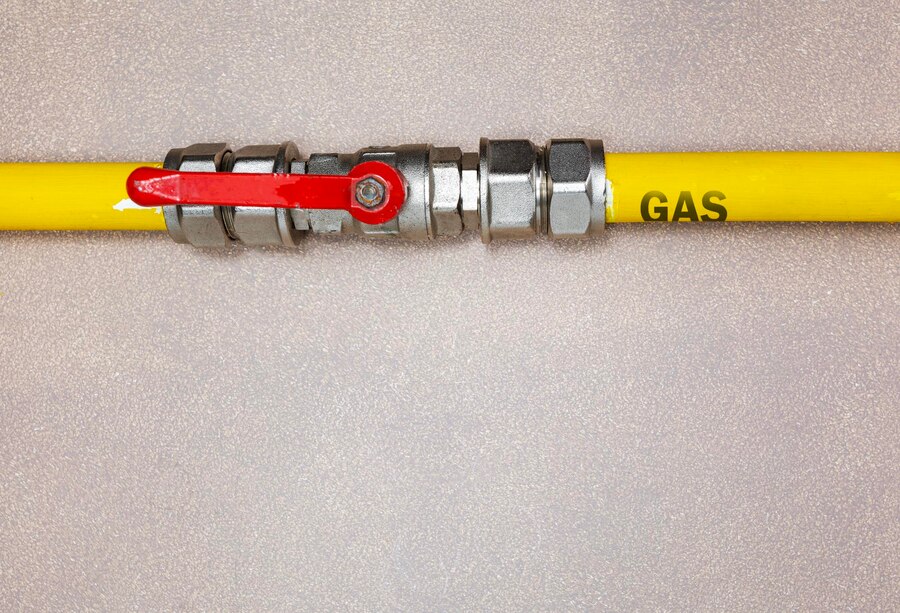Air conditioning leaks can be a real headache, especially when you’re trying to keep your home cool and comfortable during the warmer months in Oshawa. These leaks can disrupt your AC’s efficiency, leading to higher energy bills and less effective cooling. It’s important to address these issues promptly to avoid bigger, costlier problems down the line. Understanding what causes AC leaks and how to fix them can extend the lifespan of your unit and ensure that your home stays a pleasant refuge during those hot days.
Imagine coming home after a long day, expecting to relax with a refreshing blast of air conditioning, only to find your AC unit not working as it should. What’s worse, you discover a puddle forming around the unit. Knowing the signs and causes of such leaks can arm you with the knowledge needed to tackle them quickly or to know when it’s time to call in the experts. Let’s explore some common reasons your air conditioner might be leaking.
Common Causes of Air Conditioning Leaks
Several factors can contribute to AC leaks, and identifying the root cause is the first step in fixing the problem. Here are the most common culprits:
1. Blocked or Clogged Drain Lines: Your AC unit has drain lines that carry away moisture collected during the cooling process. Over time, these lines can become clogged with dirt, dust, or even mould, causing water to back up and eventually leak out.
2. Frozen Evaporator Coils: These coils can freeze due to restricted airflow or low refrigerant levels. Once the ice melts, it can result in water leakage around your unit.
3. Low Refrigerant Levels: A lack of refrigerant can lead to a drop in pressure and cause the evaporator coils to freeze. The subsequent thawing will result in leaks.
4. Broken Condensate Pump: If your AC unit is installed in the basement, a condensate pump helps move the collected water upward and out of the house. A malfunctioning pump will result in water leakage.
5. Improper Installation Issues: Sometimes, leaks can occur due to incorrect installation, such as insufficient sealing or poor alignment of the components, which can hinder proper drainage and lead to leaking.
Signs Your AC Is Leaking
Spotting a leak early can save you from more significant headaches. Be on the lookout for these signs that indicate your AC might be leaking:
– Water Pooling Around the Indoor Unit: This is the most obvious sign. If you notice water gathering around your AC unit, it’s often an indicator of a leak.
– Unusual Dripping Sounds: Hearing water dripping from your unit when it’s running is a sign that something isn’t working right.
– Decreased Cooling Performance: If your AC isn’t cooling as efficiently as it used to, it could be due to a significant leak.
– Increased Humidity Levels in the Home: A leaking AC may not effectively remove humidity, leaving your home feeling unusually damp or muggy.
– Unpleasant Smells from Mould and Mildew: Water leaks can promote the growth of mould and mildew, resulting in musty odours that spread throughout your home.
Recognizing these signs early can help you act fast, either by addressing simple issues yourself or reaching out for professional help before it affects your comfort and air quality.
Steps to Fix AC Leaks
Identifying the cause of a leak is only half the battle; knowing how to address it effectively is equally important. Here are some practical steps to fix common AC leaks:
– Check and Clear Drain Lines: Begin by inspecting the drain lines for any clogs. You might find dust or mould buildup causing a blockage. Gently clear these clogs with a wet/dry vacuum or by flushing the line with water. It’s a straightforward fix, but it can make a big difference in your unit’s performance.
– Thaw Frozen Evaporator Coils: If you’ve noticed a layer of ice on your coils, it’s time to address it quickly. Turn off your AC to let the ice melt naturally. Afterwards, check your air filters and replace them if needed to improve airflow. Additional issues like low refrigerant may require help from professionals.
– Refill Low Refrigerant with Professional Help: Handling refrigerant isn’t a DIY task. If low levels are causing leaks, reach out to a certified technician. They have the tools and expertise to refill and test your system efficiently. This service ensures that your unit keeps cooling effectively without further leaks.
– Repair or Replace the Condensate Pump: For units located in basements, a broken pump can be a common cause of leaks. Confirm the pump is plugged in and powered on. If it shows signs of damage or isn’t functioning properly, a certified technician can help with repair or replacement to restore proper drainage.
– Ensure Proper Installation by a Certified Technician: Sometimes leaks are due to improper installation. If you’ve had persistent leaks since the unit was installed, it might be worth having a professional assess the installation. They can correct misaligned components or improper sealing, giving your AC a fresh start.
When to Call for Professional Help
While some issues may be managed with a little DIY, there are times when professional help becomes essential. Here are situations that warrant reaching out to experts:
– Persistent Leaks Despite Troubleshooting: If you’ve tried resolving the issue multiple times without success, it’s time to get an expert involved. Persistent problems often point to underlying issues that require professional diagnosis.
– Signs of Refrigerant Leaks: If you suspect a refrigerant leak, it’s crucial to consult an expert immediately. This is a hazardous problem that can affect both your AC unit and your health.
– Complex Issues Like Broken Condensate Pumps: Tasks requiring advanced knowledge, like dealing with electrical components or significant repairs, should be handled by professionals to avoid further damage or safety hazards.
– Recommendation to Consult Oshawa AC Repair Services: If you live in Oshawa and face any of these severe issues, seeking local expert services like those available in Oshawa can ensure the problem is accurately identified and rectified.
Keep Your AC Running Smoothly
Addressing AC leaks promptly not only saves you from more significant repairs but also ensures your comfort during the hot months. Regular inspections by professionals can catch problems early, preventing leaks before they occur.
Regular maintenance checks help to identify worn-out components and ensure that your AC system is operating efficiently. By scheduling routine assessments, you can extend the lifespan of your unit and enjoy uninterrupted comfort. Whether it’s simply clearing a blocked drain line or addressing a complex refrigerant issue, taking steps to maintain your AC means keeping your home enjoyable and cool, year after year.
For anyone dealing with persistent AC issues or needing regular maintenance, it might be time to consider professional assistance. Ensuring your cooling system operates smoothly can save you from unexpected breakdowns. To explore solutions and get expert support, trust Fortis Heating & Air Conditioning for reliable Oshawa AC repair. We’re here to help keep your home comfortable all summer long.

